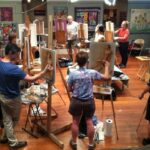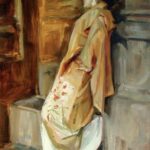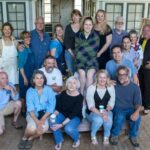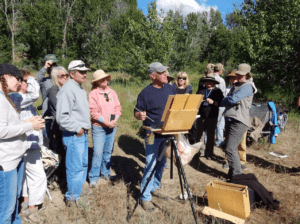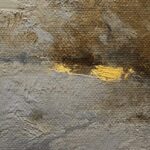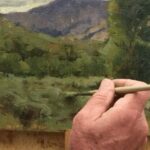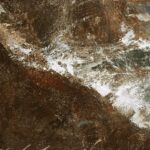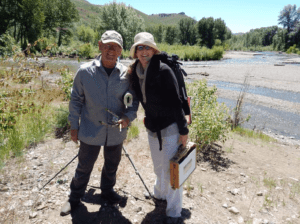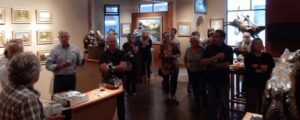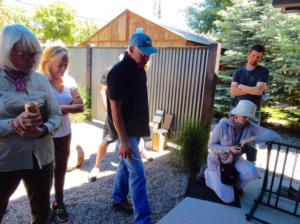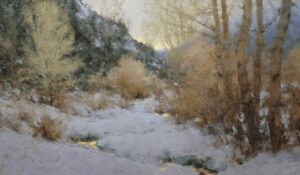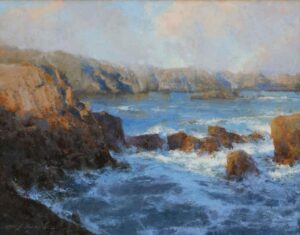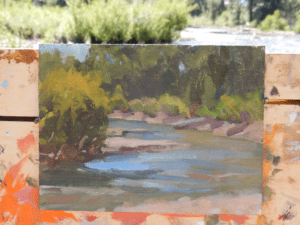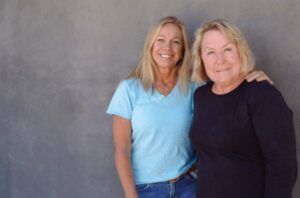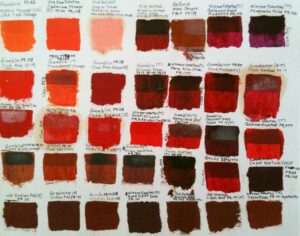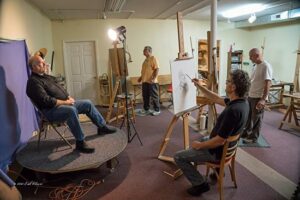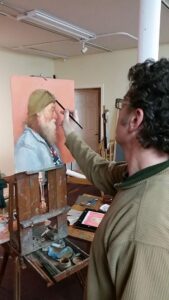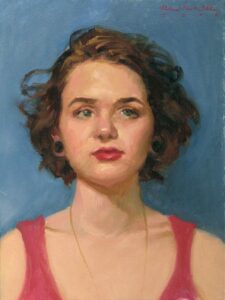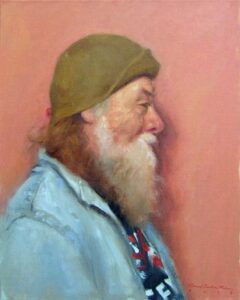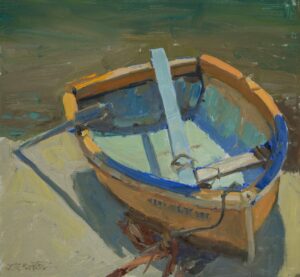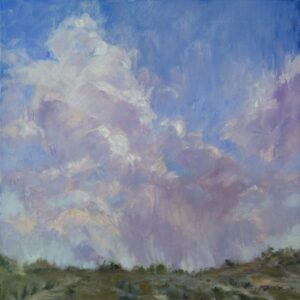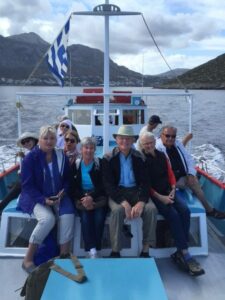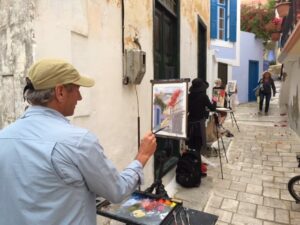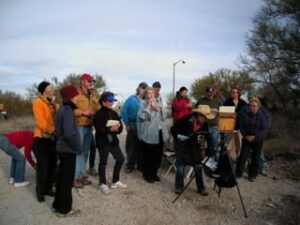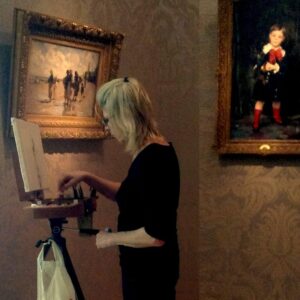
This quote by Leonardo da Vinci may seem contradictory to anyone who has endeavored to learn the skills necessary for representational painting. Whether a student or seasoned artist, the process of learning will test your patience to the point of insanity. Even Sargent had his difficulties, and issued forth a sort of battle cry of “demons, demons,” with which he would dash at his canvas.
Patience is a crucial element in learning to paint. One of the most encouraging things I learned was from Richard Schmid. His belief that painting is a craft which requires practice but above all patience, really set me free from negative thoughts. Much like learning to play the piano or becoming a champion athlete, it’s important not to blame ourselves when our skills don’t quite match our visions. Another mentor was John Terelak, the great Cape Ann painter and instructor. At that point in my journey, I felt my work was not good enough to share with the public and John instilled in me the need to believe in myself. He explained that learning is a life-long pursuit, our work is ever evolving and improving – your best effort is all that’s required.

“I do not judge, I only chronicle.”
I will never forget my first painting event, I was in way over my head but felt I should challenge myself. In spite of this, I must’ve looked like I belonged there as a fellow painter soon joined me at my chosen location. I was lucky that she quickly recognized that I had no idea what the hell I was doing. With some helpful tips I was able to make it through the day and although my painting was amateurish I was hooked on painting outdoors.
After nearly 30 years at the easel, I continue to have moments of frustration and self doubt. It sometimes feels as if the more I know, the less I realize I know… if you know what I mean. These moments of fear and doubt can lead to a creative block. Sometimes we spend more time gaining theoretical knowledge and not enough time actually painting. Nearly every artist I know has gone through this and the best way to overcome it is to push through and keep painting. When our skills become intuitive much like muscle memory, then our ideas and the execution of those ideas are synthesized.

Developing patience requires having faith that eventually, you will get there. Seek out the support and exchange of ideas of fellow painters, especially those who are on the same creative path, and learn from their mistakes and successes. Celebrate small victories and breakthroughs when you’re learning the process, and allow those achievements to get you to the next level.
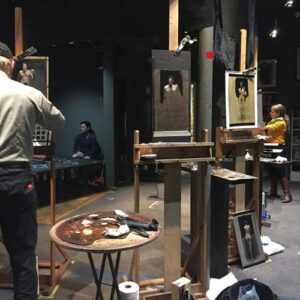
Recently, I felt the need to return to a more academic approach to painting by attending the Academy of Realist Art in Boston. The Academy teaches traditional techniques, modeled on 19th century French academies. The focus was on creating the color study which is a preliminary oil sketch that determines specific colors and establishes, in the most simplified manner, the value range that will best achieve a light effect and create volume. It gave me a greater understanding of how to simplify planes, properly compose values and create color harmony. The Academy proved to be exactly where I needed to be in order to hone my draftsmanship and painting skills. So never feel as though you’ve moved beyond a specific level, it’s always good to revisit the fundamentals.
Paint from life as often as you can and carry a sketchbook with you at all times. Changing disciplines from portraiture to landscape, still life to painting the figure is also beneficial as each provides something different to consider in terms of design, form, value and color.
I visit museums often and carry a sketch book to “deconstruct” or make value studies of masterworks. So much can be learned from this practice. I also attend artist demonstrations and visit the studios of painters I admire whenever an invitation is extended.
“Cultivate an ever continuous power of observation…
be always ready to make slight notes of postures, groups and incidents”
In regards to workshops, choose someone who embodies your values and approach to painting. Nearly 20 years ago I studied with a wonderful teacher who felt that taking workshops with seasoned (or celebrity artists as he called them) was like trying to pick up a “bag of tricks”. Although this is true to some degree, watching a master painter at work is a tremendously useful way to learn. Just be careful not to be so influenced as to believe that technique or mannerism is the path to good painting. Honesty is the true path to yourself and your own expressive voice.
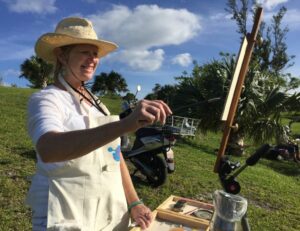
“Above all things get abroad, see the sunlight and everything that is to be seen.”
As many of you know I love to travel and just returned from teaching a workshop in Italy. For me, there is no better way to arouse the senses than through visiting new places. Travel offers a diversity of landscapes, architecture and people. It’s always an awe-inspiring and enriching experience and a sure way to break free from old habits.
For more information, please visit my website www.elicedrone.com
All quotes by John Singer Sargent
